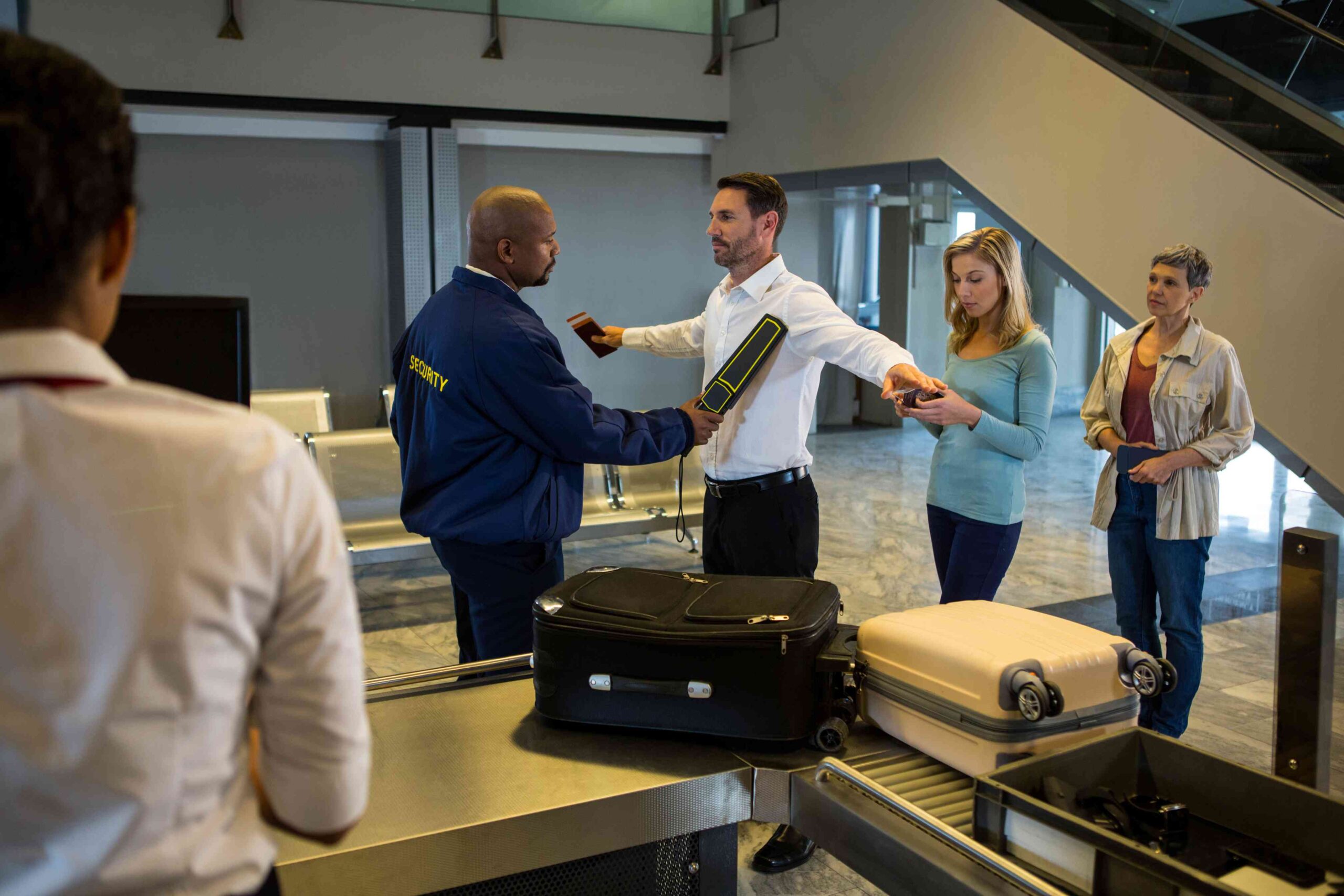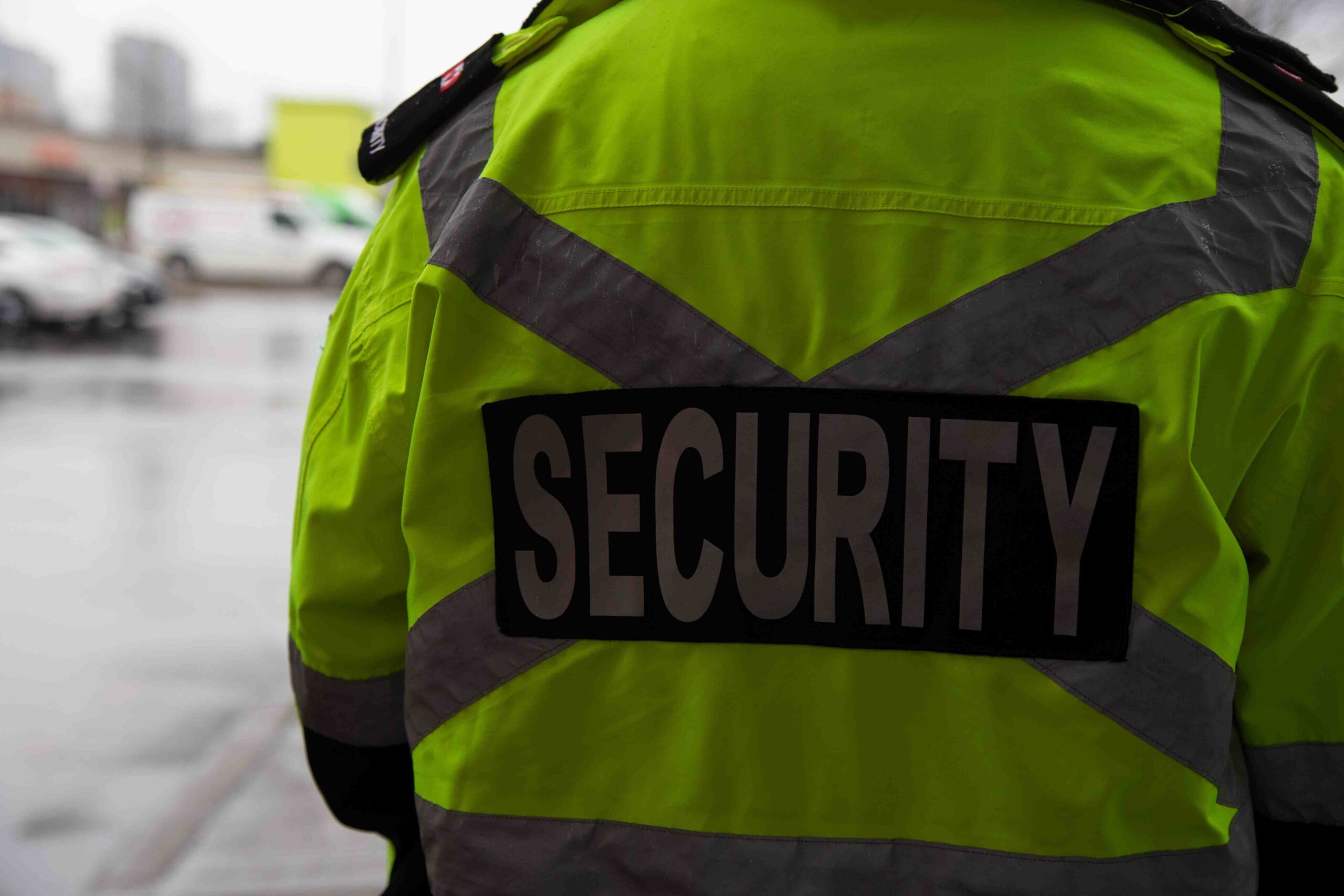Festivals are vibrant celebrations that bring people together to enjoy music, art, and culture. Ensuring a safe and secure environment is paramount for the success of any festival, but striking the right balance between security and maintaining a fun, enjoyable atmosphere is a delicate task. In this guide, we’ll explore best practices for festival security teams to navigate the challenging landscape of maintaining safety while allowing attendees to revel in the festivities.
1. Understanding the Festival Environment
Festival security teams must have a deep understanding of the unique environment they are tasked with securing. Recognizing the nature of the festival, the demographics of attendees, and the specific challenges posed by the venue are crucial for tailoring security measures to the event’s characteristics.
2. Collaborative Planning with Organizers
Effective collaboration between festival organizers and security teams is key. Security personnel should be involved in the planning process from the early stages to provide insights into potential security risks and help develop comprehensive security plans. This collaboration ensures that security measures align with the overall vision of the festival while addressing potential threats.
3. Visible Yet Unobtrusive Security Presence
Striking a balance between visibility and unobtrusiveness is essential. Security teams should be present and visible enough to deter potential troublemakers, but their presence should not overshadow the festive atmosphere. Uniformed guards, strategically positioned, can provide a sense of security without creating an intimidating environment.
4. Crowd Management Strategies
With large crowds attending festivals, effective crowd management is critical. Security teams should employ proactive strategies such as designated entry and exit points, clearly marked emergency exits, and crowd flow planning to prevent congestion. Well-trained security personnel can guide attendees and manage crowd dynamics to enhance safety without hindering the festival experience.
5. Engagement and Communication
Establishing positive interactions between security personnel and festivalgoers contributes to a welcoming atmosphere. Festival security teams should be trained in effective communication and conflict resolution. Engaging with attendees in a friendly manner, answering queries, and providing assistance when needed can foster a sense of trust and cooperation.
6. Tailored Security Measures for Different Areas
Festivals often consist of various areas with different purposes, such as stages, camping zones, and food areas. Security measures should be tailored to the specific needs and potential risks associated with each zone. For instance, stricter security checks might be necessary at entry points, while a more relaxed approach may be suitable in designated recreational areas.
7. Proactive Risk Assessment
Festival security teams should conduct thorough risk assessments before and during the festival to identify potential threats. This includes analyzing the venue layout, assessing crowd behavior, and staying informed about any emerging security concerns. Proactive risk assessment allows festival security teams to adapt their strategies in real-time, addressing potential issues before they escalate.
8. Technology Integration in festival security
Embracing technology can enhance the efficiency and effectiveness of festival security. Surveillance cameras, RFID wristbands, and mobile applications for communication can streamline security operations. Technological tools can be leveraged to monitor large crowds, identify potential security threats, and facilitate quick communication between security personnel.
9. Emergency Response Preparedness
Festival security guards team must be well-prepared to respond to emergencies swiftly and efficiently. This includes having well-defined emergency response plans, first aid stations, and communication systems. Conducting regular drills and training exercises ensures that security personnel are familiar with emergency procedures, contributing to a timely and coordinated response.
10. Post-Event Evaluation and Feedback
After the festival concludes, it’s crucial to conduct a thorough post-event evaluation. Gathering feedback from both security teams and attendees helps identify strengths and areas for improvement. This feedback loop contributes to continuous learning and refinement of security strategies for future events.
Balancing fun and security at festivals is a nuanced task that requires a strategic and adaptable approach. By understanding the festival environment, collaborating with organizers, maintaining a visible yet unobtrusive security presence, and implementing proactive measures, security teams can contribute to a safe and enjoyable experience for all attendees. The key is finding the delicate equilibrium where security measures enhance, rather than detract from, the festive atmosphere, ensuring that festivals remain celebrations of joy, creativity, and community.



